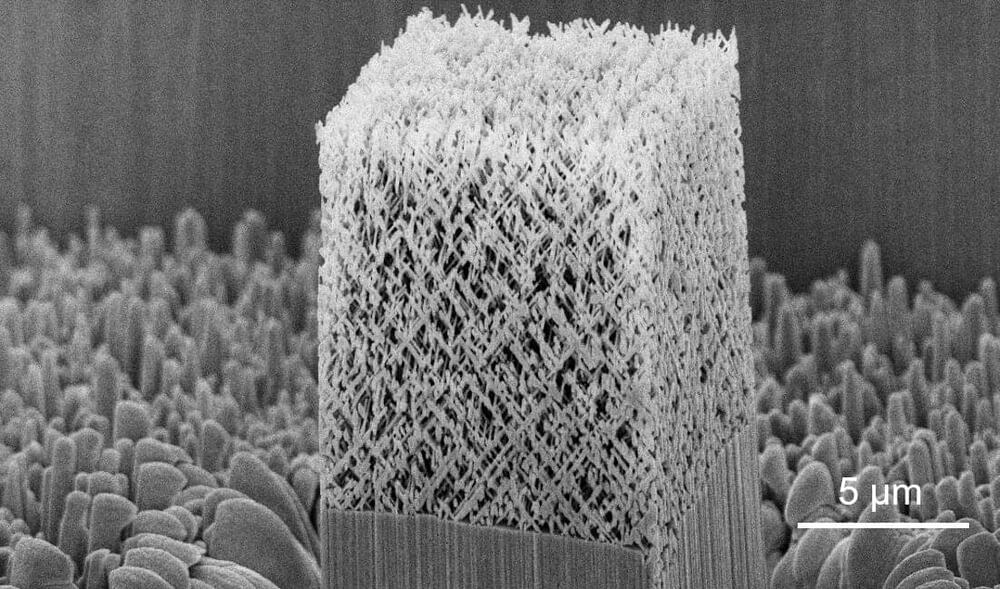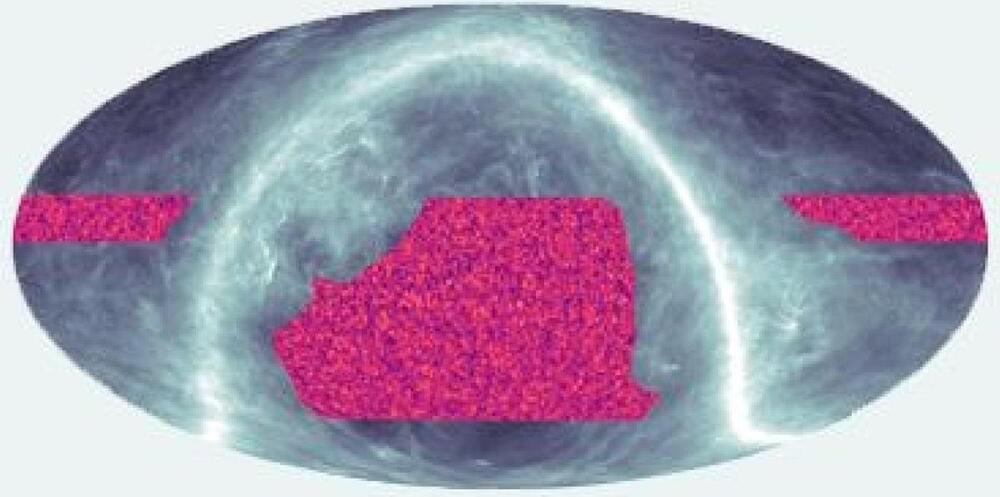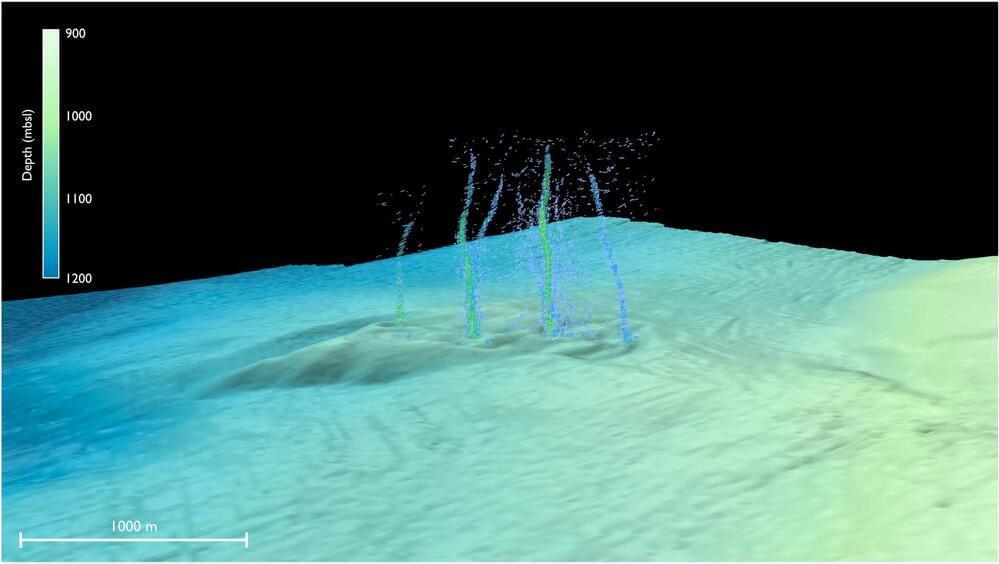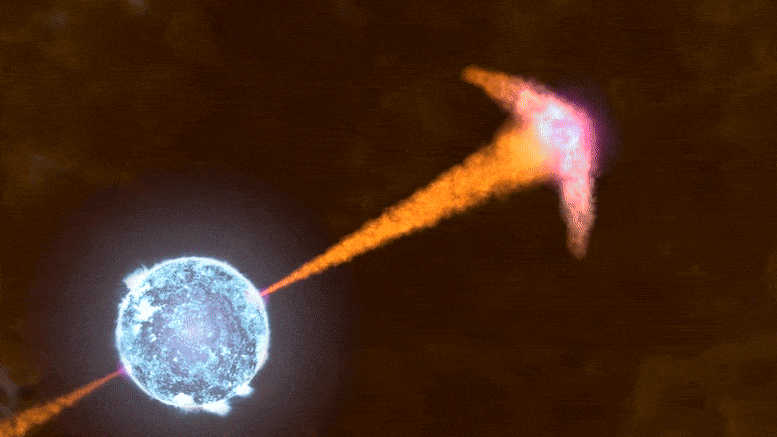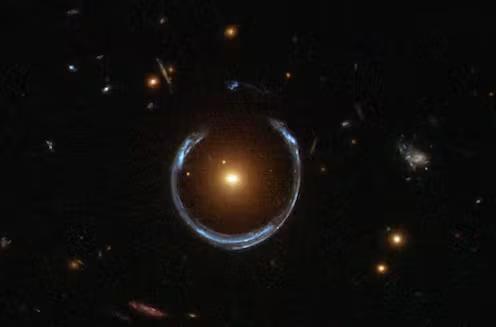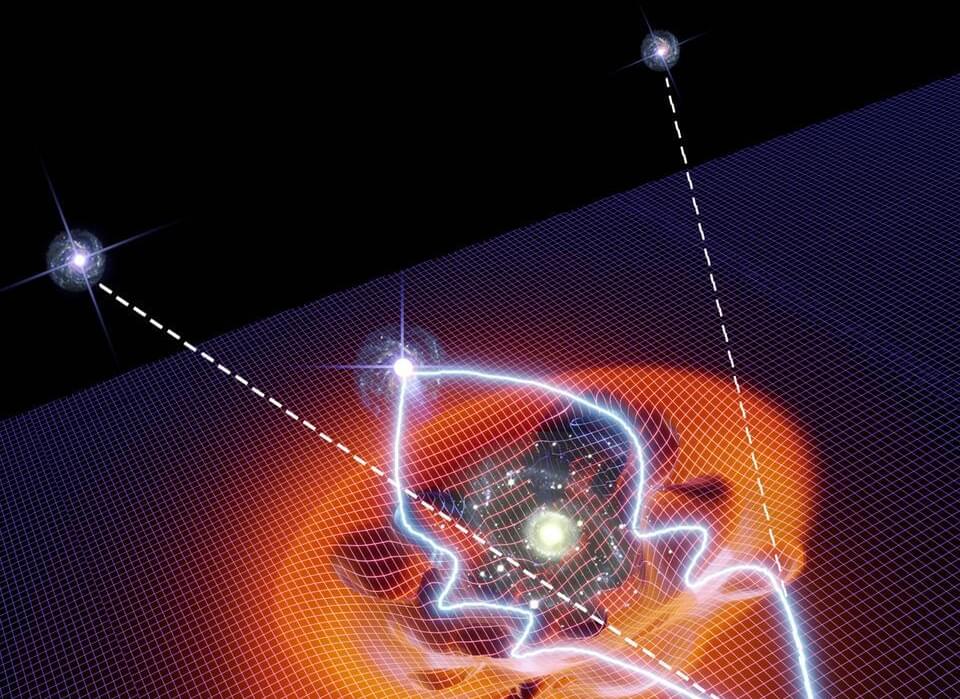The kardeshev scale of possible future technological advance.
In 1964, Russian astrophysicist Nikolai Kardashev figured that civilizations can be categorized by the total amount of energy available to them. He called it the Kardashev Scale. He initially came up with 3 civilization types; type 1, type 2, and type 3. However, other astronomers have recently extended the scale from type 0 all the way to type 7 as new theories in modern physics have emerged. Check out the complete playlist as we unveil each level of the Kardashev Scale! Enjoy the videos, and do let us know your thoughts in the comments!

